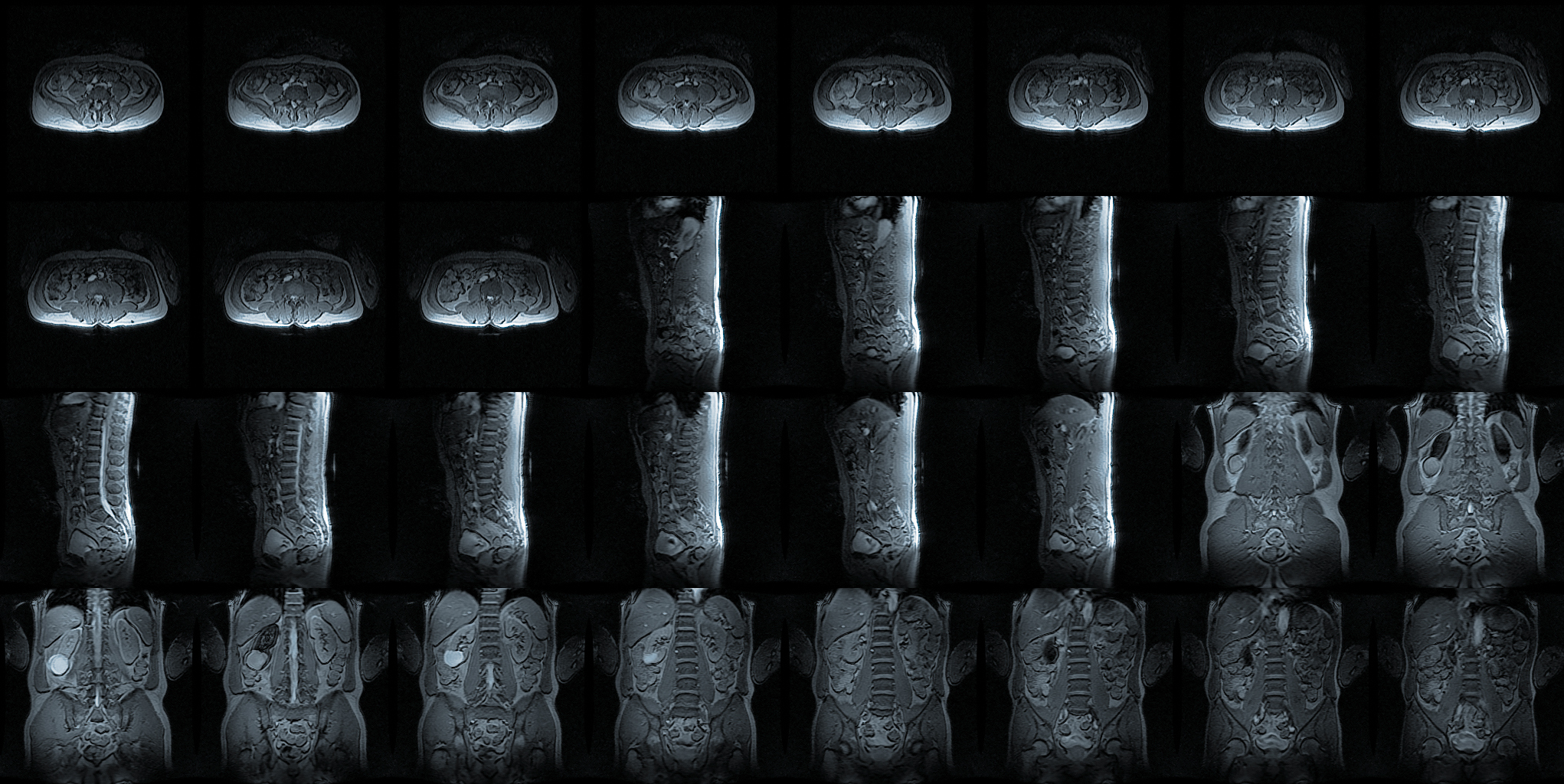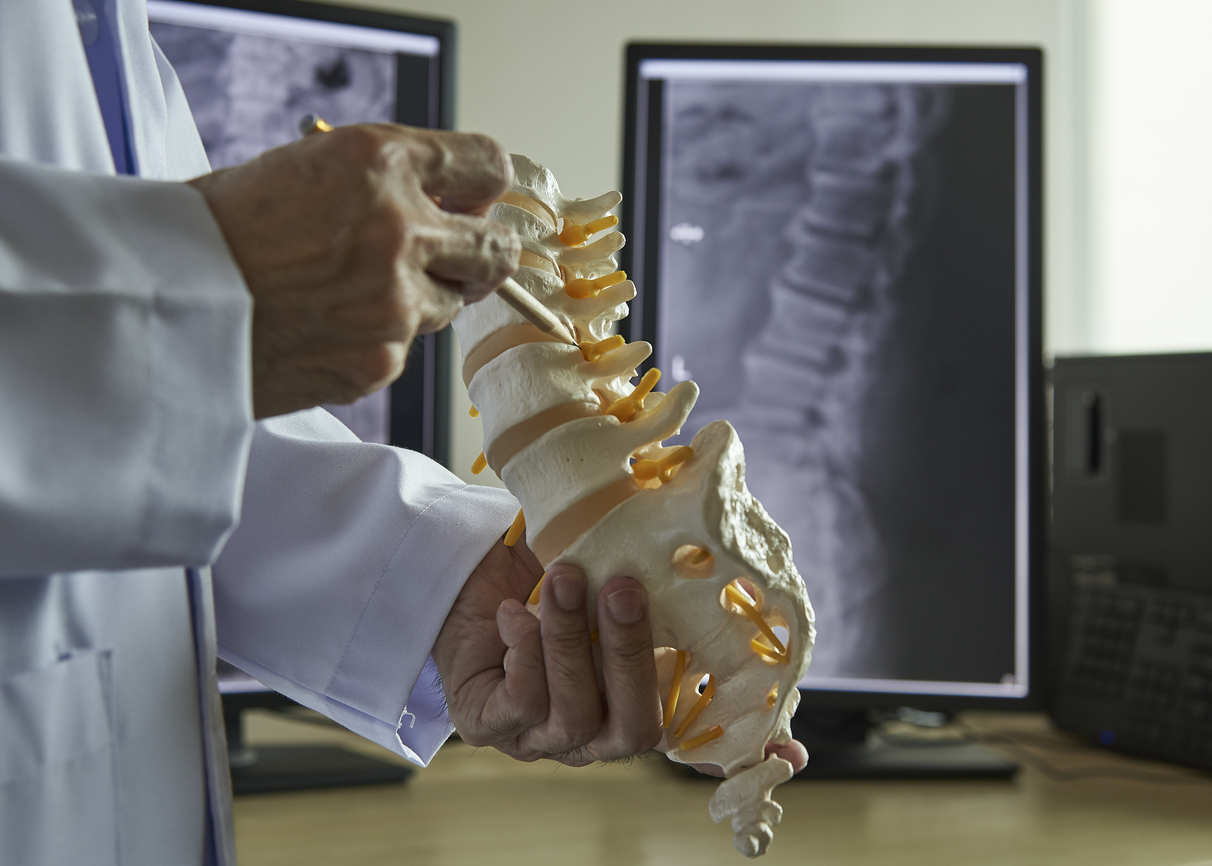Pain
What Is Cauda Equina Syndrome?

The cauda equina is a group of approximately 10 nerves and nerve roots located at the bottom of the spinal cord. They communicate with the brain to provide motor and sensory stimulation to the legs, pelvis, bladder, anus, and bowels. Cauda equina syndrome (CES) is a rare but serious disorder that occurs when this nerve bundle becomes compressed or inflamed. CES typically results in a medical emergency that requires urgent surgical intervention to prevent the possibility of long-term paralysis, damage to organs in the pelvic region, neurological issues, difficulty walking, and other physical problems.
Symptoms
The severity of cauda equina syndrome symptoms is dependent upon the extent of nerve compression and inflammation. It can develop suddenly or have a gradual onset of symptoms, and can be difficult to diagnose. Symptoms of CES include, but are not limited to, the following:
- Bladder or bowel control problems, such as leaking or incontinence
- Difficulty walking due to changed sensations in the legs, buttocks, or inner thighs
- Lower extremity paralysis
- Numbness, weakness or pain in one or both legs, hips, inner thighs, buttocks, or feet
- Reflex issues
- Severe lower back pain
- Sexual dysfunction
- Urinary retention
Causes
There are numerous reasons for cauda equina nerve roots to become compressed and inflamed. Causes of CES include, but are not limited to, the following:
- Birth defect, such as arteriovenous malformation
- Injury to the lumbar spine, such as a car crash, gunshot wound, stabbing, or fall
- Ruptured or herniated disc in the lumbar area (most common cause)
- Spinal infection, hemorrhage, fracture of inflammation
- Spinal lesion or tumor
- Spinal stenosis (narrowing of the spinal canal)
Risk factors
Cauda equina syndrome is more likely to occur in adults; however, children who are born with a spinal birth defect or have a spinal injury can also develop CES. Other risk factors include, but are not limited to, the following:
- A genetic predisposition for a herniated disc
- Athletes who participant in high-impact sports
- Careers requiring heavy lifting, twisting, pushing or bending
- Obesity or being overweight
- Previous or current severe back injury, such as with a car accident or fall














